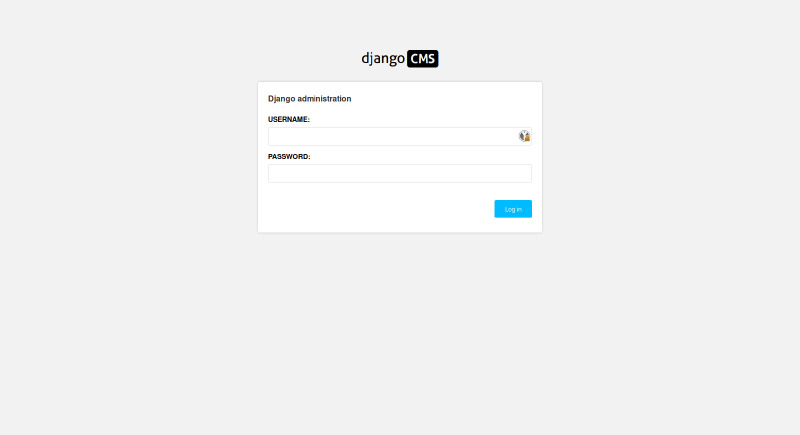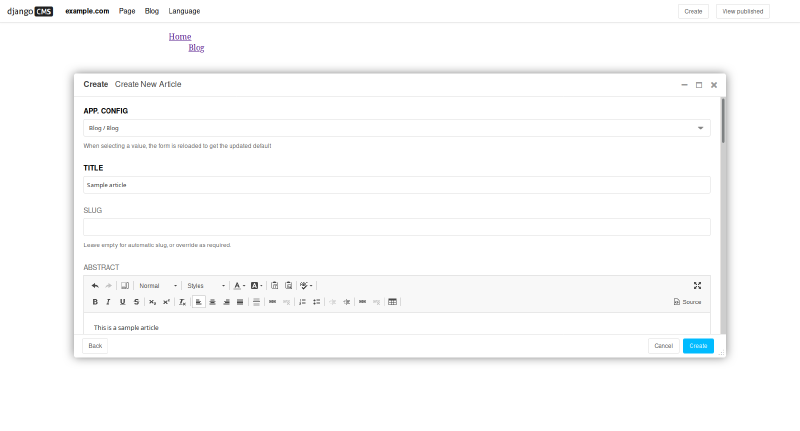Automating Django application configuration

This article is part of the "django-app-enabler" series
Django is a hugely powerful web framework, and parts of this comes from its large ecosystem of ready-to-use applications and packages, which allows you to build your webapp on top of well maintained code, and save you from rewriting the boring stuff and concentrating on the scope of your website.
But to tap into this potential, you have to go through the installation and configuration of these packages. Most of the time is pretty straightforward:
- pip install
- add applicatiom to INSTALLED_APPS
and you are done.
Or not?
Oftentimes, steps above are not enough. You might also need to add something in the urlconf, or maybe a middleware, or maybe… And then, you end up spending minutes (if all goes well) settings everything right, just to have the project back in running shape.
And this is boring and wasteful.
Why can’t we have nice things?
Achieving a much bettere developer experience is something every ecosystem should strive.

We can, actually.
We have at our disposal two really powerful tools:
- Django which provides an opinionated environment and a powerful configuration system
- Python it’s great at introspecting itself, and has a really nice and powerful
astmodule (and some higher level packages based on it), which can help us alot in achieving a self configuring environment.
Entering django-app-enabler
Django configuration is made of python files, if we have a list of settings and changes to apply to a project, we can envision to use ast to apply them and, voilà!, the application is ready for use!
django-app-enabler, though in its infancy, does exactly this.
Sample usage
A typical django-app-enabler workflow involve few steps:
-
Install
django-app-enabler:pip install django-app-enabler(if not installed already) -
Install the application you need:
pip install djangocms-blog -
Run app-enabler
django-enabler enable djangocms-blog -
Profit!
djangocms-blogapplication is now available 🚢!
Of course you will be able to manually edit the settings file to further customize your installation.
As you see, in step 2 we manually installed the desired package: even if django-app-enabler can install packages, it’s not an installer, and it will never be. There already are excellent package managers for python, and adding another one would be a very bad choice: django-app-enabler it’s just a tool to setup the initial configuration of a package.
You can replace steps 2. and 3. with django-enabler install djangocms-blog, but with a lot of limitations.
Action!
The sample project
To see it in action, let’s just use an empty project created with djangocms-installer:
|
You will get an output similar to the one below:
Creating the project
Please wait while I install dependencies
If I am stuck for a long time, please check for connectivity / PyPi issues
Dependencies installed
Creating the project
...
Creating admin user
All done!
Get into "
mysite" directory and type "python manage.py runserver" to start your project
Running the django project will greet us with the django CMS login to create our first page:

We’re good: the project is working 🎉!
Install djangocms-blog
With a single command we can install and configure djangocms-blog, a blogging application for django CMS.
|
Installation completed, check documentation
https://djangocms-blog.readthedocs.io/en/latest/installation.html#modify-templates
for further information
That’s all 🚀
Let’s apply migrations and run the server once again and visit http://localhost:8000:
|
Unimpressive as it is, we will be greeted with a “real” home page with a blog subpage

And we can verify that everything is working by creating our first blog post:

What has happened ?
With a single command we have been able to:
- Install the desired package (
django-app-enablerjust callspipto install packages); - The django project configuration has been patched according to the addon configuration shipped by
djangocms-blog; - When we hit the home page djangocms-apphook-setup created the home and blog page for us; this is also something that is determined by
djangocms-blog(and it’s separated fromdjango-app-enabler, but still contribute to the overall experience);
Message and manual configuration
Not everything can be configured automatically at this stage: the goal is to provide enough flexibility to application developers to ship a meaningful base configuration that users can further customize after the setup.
For this reason a message is available to application developers to provide information regarding the following steps (either required or optional).
In the example above djangocms-blog output direct the user to check documentation: Installation completed, check documentation https://djangocms-blog.readthedocs.io/en/latest/installation.html#modify-templates for further information.
Use enable command
In practice the usage of install command it’s not the preferred way to invoke django-app-enabler: there are a lot of great package managers for python out there (pip, poetry, pipenv, …) and definitely you don’t want a different one to try and use. install has been made available to allow quick testing and prototyping.
For normal usage django-enabler enable <package_name> is the one true way to invoke django-enabler (see sample usage).
See documentation for the command details
How it works?
django-app-enabler works by reading a dedicated configuration file shipped by the target application that lists all the settings and urlconf changes required to make the application works (at least at a minimal level).
The information provided by this file are used to patch inplace settings.py and urls.py files by using Python ast module.
See Automating Django application configuration: an in-depth view for the package internals, and addon configuration specs.
Limitations
django-app-enabler is currently a little more than a proof-of-concept and there is still work to be done for a proper fully functional release.
Many of the limitations listed below will be removed in a near future.
Major current limitations are:
- Only single-file
settings.pyandurls.pyare supported; - Complex settings manipulations are not supported:
- you can’t insert items in a specifix position in list setting; for example add a middleware in the middle or at the top of the existing middlewares list, it’s always appended at the end;
- merging
dictionarytype settings (LANGUAGE,TEMPLATES,DATABASES, …) is not supported;
- No support for target applications
extra_requirements; - Comments and code structure is lost when saving back the file;
Where from here?
The current (release 0.2) state of django-app-enabler make it already fairly usable to some of the applications we released at Nephila (namely: djangocms-blog, djangocms-page-meta, djangocms-page-sitemap), but leave others not supported (djangocms-redirect, for example).
So the big next steps toward a stable release is to remove such limitations to make it more generally useful.
Two other major goals are adding support to external addon configuration files which opens up the ecosystem and the use cases for this application a lot and integrate support for django-app-enabler in djangocms-installer: it will make the installer useful for experienced developers what wil be able to create a django CMS with all the required applications by using a single command